Painting is a very popular art form that people enjoy, and it has been around for centuries. So why not try something new? There are many different types of paint out there, but the two main ones are acrylic and gouache.
Acrylic paint is water-based and can be found in most craft stores or online.
Gouache paints use pigment instead of water as the base and need to be mixed with gum arabic before you can use them on paper or canvas. They come in tubes that make them more portable than acrylics, but they also require special storage when they’re not being used because they dry out much quicker!
Gouache and acrylic paint are two different types of paint. The biggest difference between the two is that gouache dries to a more opaque finish while acrylic paint remains more transparent. If you have ever had trouble deciding which type of paint to use for your project, this post will help you figure out which one is best!
Main Differences between Gouache and Acrylic
Both gouache and acrylic paint are water-soluble colors. They both come in a variety of finishes, from matte to shiny to metallic.
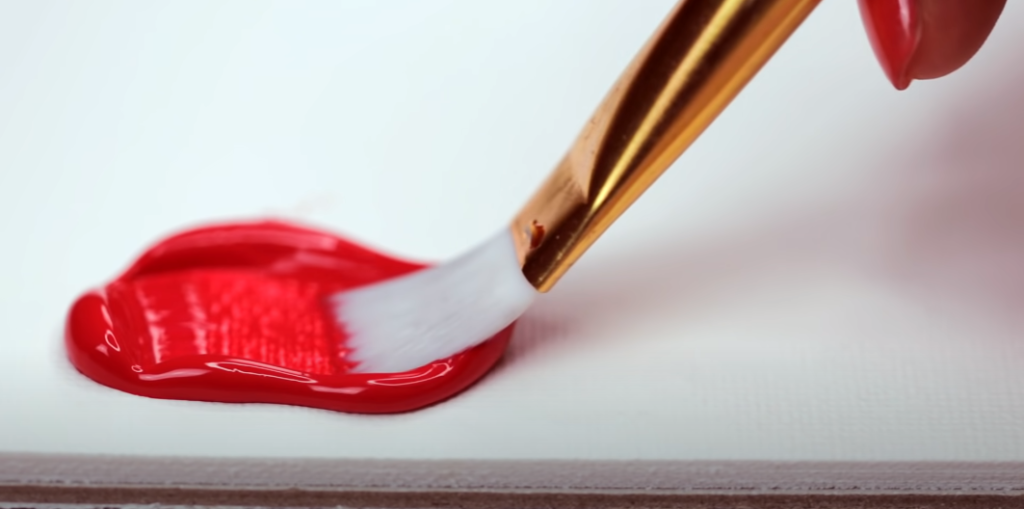
However, there are some key differences between them that you should be aware of when deciding which one is right for your painting project:
- Color. Gouache is opaque and whitish in color, while acrylic paint can vary between transparent or translucent;
- Coverage. The opacity of gouache makes it a popular choice for artists who want to create highly detailed work as well as those looking to cover large areas with single layers of paint. In comparison, acrylics are more suitable for thin layers;
- Versatility. Gouache is not as versatile and can be more difficult to work with than acrylic. It’s a harder surface for artists to paint on, so it may take some time for them to become used to the feel of gouache paints;
- Blending. Both types of paints are water-soluble, which means they clean up easily. However, it’s harder to blend and mix gouache paints than acrylic;
- Budget. Gouache is more expensive than acrylic paint. However, because of its opaque nature and sturdier painting surface, you can create works with fewer layers in shorter time frames;
Pros and Cons of Working with Gouache
Pros and Cons of Working with Acrylic Paints
When to Use Acrylics or Gouache?
Gouache and acrylic both have different strengths, weaknesses, and uses. If you’re trying to decide which paint is best for your project, here are some tips on when each type works the best:
- Gouache dries quickly while acrylic can take days to dry depending on humidity levels (in more humid environments) or if it has been thinned with water (which slows down drying time). This means that gouache paintings will be easier to scan because they dry hard enough not to smear;
- Acrylics though do offer a wider range of color options than gouache does since mixing colors together in order to get the desired shade isn’t necessary like it usually would be with gouache;
- The opacity of gouache is great for shading and blending, but it can also be used to create more vibrant colors than acrylic. Acrylics are known for their bright color options since they’re available in premixed paints. However, this means that transparency isn’t always possible like with other types of paint;
- Gouache has better coverage when painting large areas like skies because its thin consistency allows you to see brushstrokes less clearly compared to thicker acrylics (which often need multiple coats). This same downside though makes gouache harder to use on small detailed paintings or things like flowers where the opacity should really only show up in highlights while shadows remain transparent.
FAQ
What is better for canvas – gouache or acrylic?
Unless there is some kind of surface protection involved like matte medium applied over the top (or possibly varnish once dry) gouache should never be used on canvas due to its lack of water resistance.
Is gouache good for beginners?
No. Gouache is not a good choice for beginners because it doesn’t dry as fast and the paint does not flow well, so you need to work quickly and efficiently.
Is gouache easier than acrylic?
While many artists use the two interchangeably, there are some key differences between gouache and acrylic paints. These differences can affect your artistic process in a few ways.
First of all, acrylic paint dries faster than gouache, which allows for more flexibility in the time frame in which you work on a project. However, depending on what type of projects you are working with and how much time you have to complete it, this might not be an advantage at all! In addition to drying quickly, acrylic paint also tends to take longer to clean off surfaces once dry compared to other types of paints such as watercolor or oil-based paints.
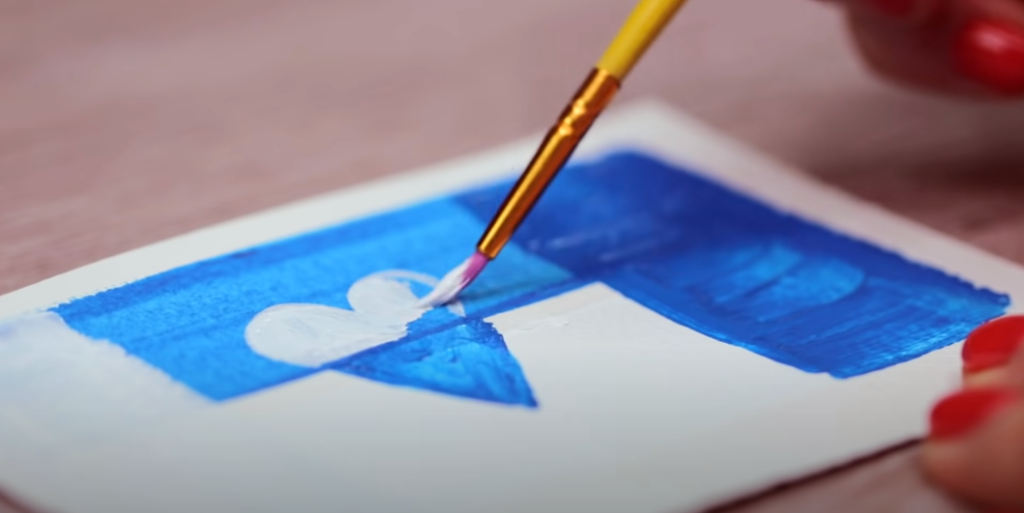
This makes them ideal for artists who frequently use their hands when painting rather than specialized tools because they do not need soap and water after every session. Acrylic is also less than gouache, making it more affordable for those on a budget.
Gouache, as opposed to acrylic paint, is opaque and tends not to dry out as quickly as other types of paints such as watercolor or oil-based ones. This means that there isn’t flexibility in terms of the time frame when working with gouache paintings because it needs sufficient drying time between layers. However, this can be advantageous if you want your painting process to move more slowly than usual and focus only on one layer at a time!
It also takes longer to clean off surfaces once dried compared to acrylic. Gouache has fewer exposure risks since it does not require using soap and water after every session as acrylics do. In addition, they tend to be more expensive (although still affordable) than acrylics.
One of the most important differences between these two types is that gouache can be diluted with water whereas acrylic can’t. It also takes longer to dry when it has been diluted, so this should only be done at the very end of your painting process! Diluting paint will allow you more control over how thick or thin your final product is since you are mixing in another liquid medium rather than adding water afterward as some artists do with their acrylic paints.
Can you use gouache instead of acrylic?
Gouache is a type of paint that has been in use for hundreds of years. It’s an opaque water-based pigment, with some added gum to make it matte or gloss depending on your preference. Because it contains less binder than acrylic paints do, you can dilute the gouache without affecting its durability.

However, unlike artists using acrylics who are limited by their drying time (which can be hours), if you need to go back over dry gouache lines there may be trouble ahead – you might end up wiping off sections entirely since they will have already dried and set into place. You should also know that most manufacturers recommend cleaning brushes with soap and warm water after each use with gouache because any residual gum can leave a residue or clog up your brush.


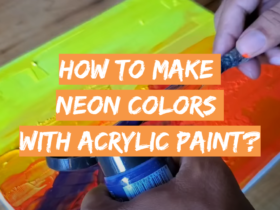
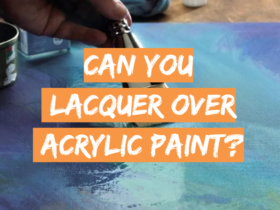

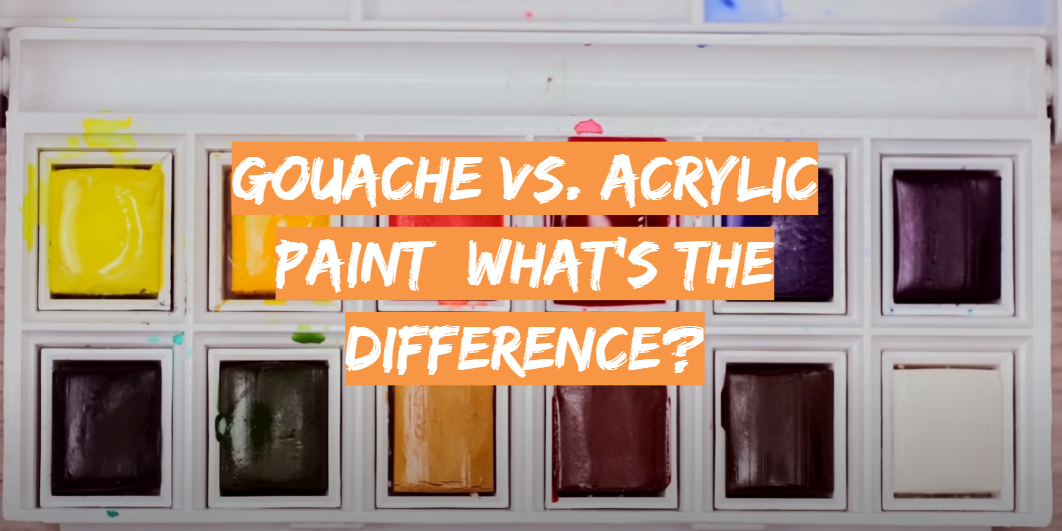
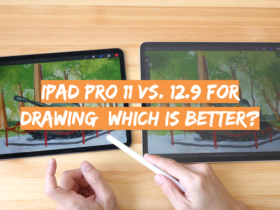
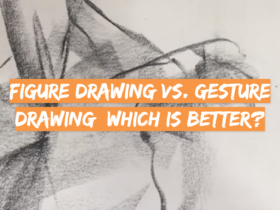
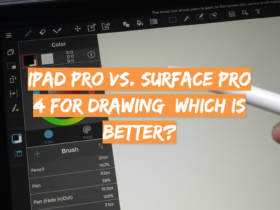
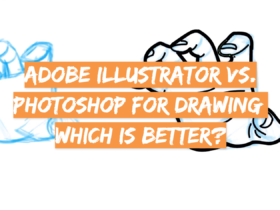
Leave a Review